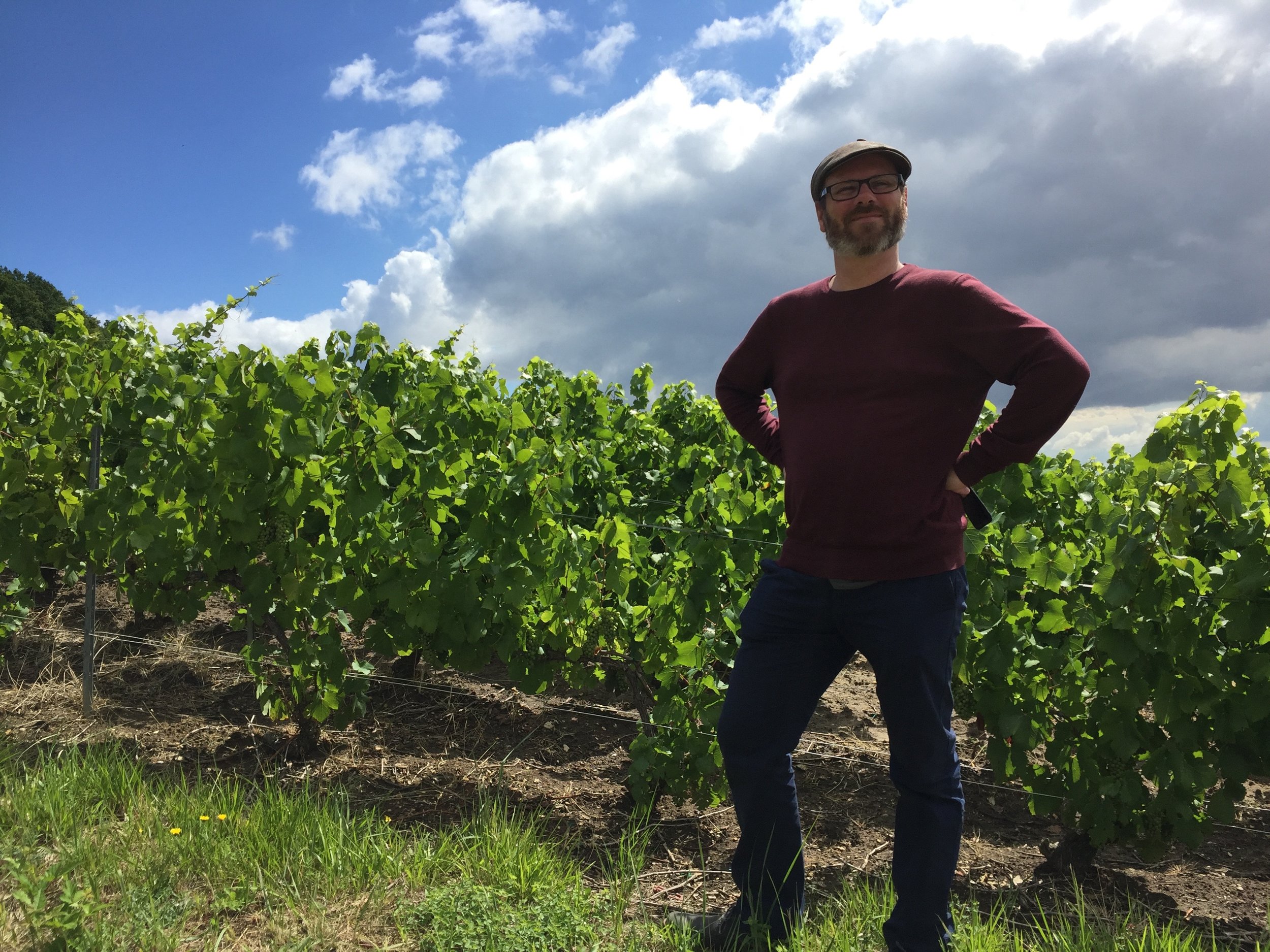The Regionality of Rioja
Alongside sherry, Rioja is the most famous wine of Spain. It’s been made for millennia, its reputation spread by its position on the Camino del Santiago. Its long history brought in producers from Bordeaux due to phylloxera, changing the way wine was made in the region. After the Civil War, it was the one region which continued to make consistently good wine available outside the country. Rioja remains the most recognisable wine name abroad, sold easily in bars, restaurants, and shops.
Yet, Rioja isn’t fully understood. The average consumer may be able to identify it as a red wine from Spain (which is a positive) but not much else. In Bordeaux, the names of villages are readily familiar: St-Emilion (also on the Camino), Pomerol, Margaux, Sauternes, and so on; likewise, in Burgundy, the Rhône, the Loire. In contrast, the most seasoned wine professional may struggle to name a Rioja village let alone describe its individual characteristics. Even Logroño, the major city of the region, gets forgotten about, in the shadow of nearby Bilbao and San Sebastian.
Rioja is formally divided into three sub-regions, which uniquely in Spain straddle several provinces from Basque Spain to Navarra to Burgos and La Rioja itself (Rioja is the wine region, La Rioja the province). Rioja Alavesa is Basque, high up in the mountains; Rioja Alta is the centre of the region, also often at elevation; Rioja Oriental is to the east, with a continental/Mediterranean climate combination. In 2017, Rioja Baja became Rioja Oriental for no good reason, and many local winemakers still refer to it as “Baja.” Explaining these three large sub-regions quickly becomes confusing.
So how to understand Rioja’s regionality in more focused terms? Two designations have been introduced to help. Vino de Pueblo is a village wine, with the name of the village on the label. This is a small step towards mapping the regionality of Rioja beyond the three sub-regions but with two caveats: it requires paperwork for a wine to be formally recognised and it needs consumer education. The latter demands time and co-ordinated hard work but doing so can shift perceptions of Rioja.
Tao Platón of Bideona is passionate about mapping out the villages of Rioja Alavesa, though he’s still at an early stage of explaining the villages he makes wine from—not surprising as he works with 282 plots from 100ha of vineyards. He makes two regional wines, five village wines, and four single-vineyard wines, all from Tempranillo. The initial complications of labelling a wine as coming from a village meant that the wines have cryptic names such as “L4GDV” for the wine from Laguardia, perhaps one of the better known villages. Tasting through the five village wines was a powerful example of how the personality of each village is expressed in each wine: Laguardia is floral and very pretty; Villabuena darker, denser, and more bitter; Samaniego with gripping tannins and darker fruits; Leza more smoky, herbal, and rustic; Lanciego ripe and juicy, almost tasting like Garnacha.
Videño Singular refers to a single-vineyard wine: Bideona’s Lezagoia is a smooth, elegant expression with fine, mouth-coating tannins. To be labelled as Videño Singular, the wine must pass a taste test, with an average score of 93 points. The idea is to create a Cru system as found in France, but I’m not sure a random score of 93 quite meets the criteria. Some of the Videño Singular I tried were wonderful expressions of a specific place, others were rather forgettable. There is still some way to go to create a Burgundy style Cru system, rather than one based on annual paperwork.
But the foundations are finally present to explain the regionality of Rioja. In general, Spain has long had an issue in breaking down its regions into individual villages and vineyards; perhaps only Rías Baixas and Priorat have successfully done so, albeit to a limited extent. It’s important that Rioja, such a significant region, takes the lead and explains that it’s not just three large sub-regions: that there are villages, vineyards, and old vines with unique identities so that we can talk about Rioja as a multi-faceted, historic wine area.


